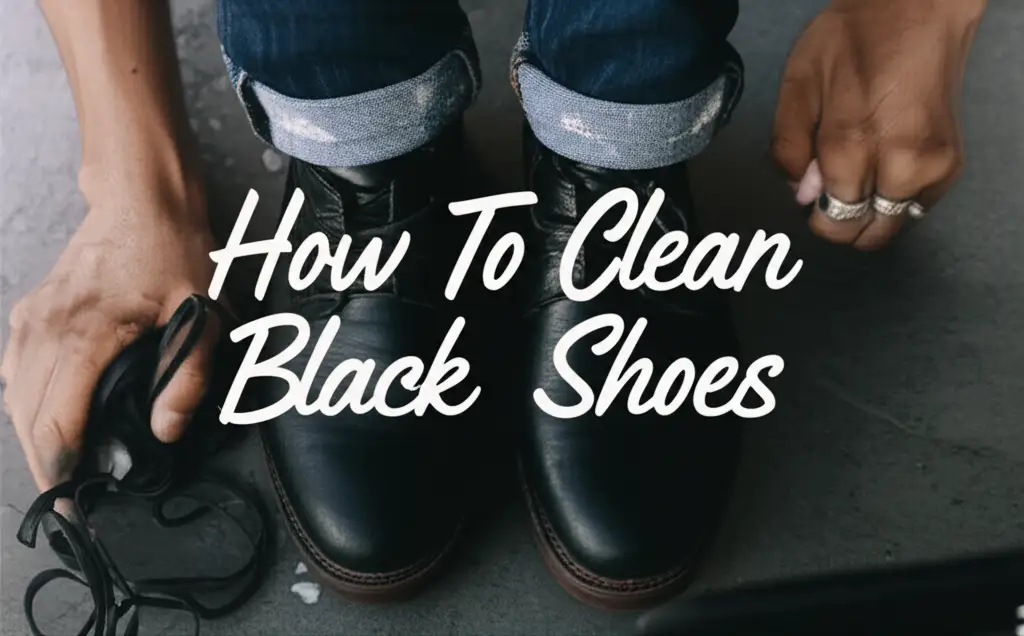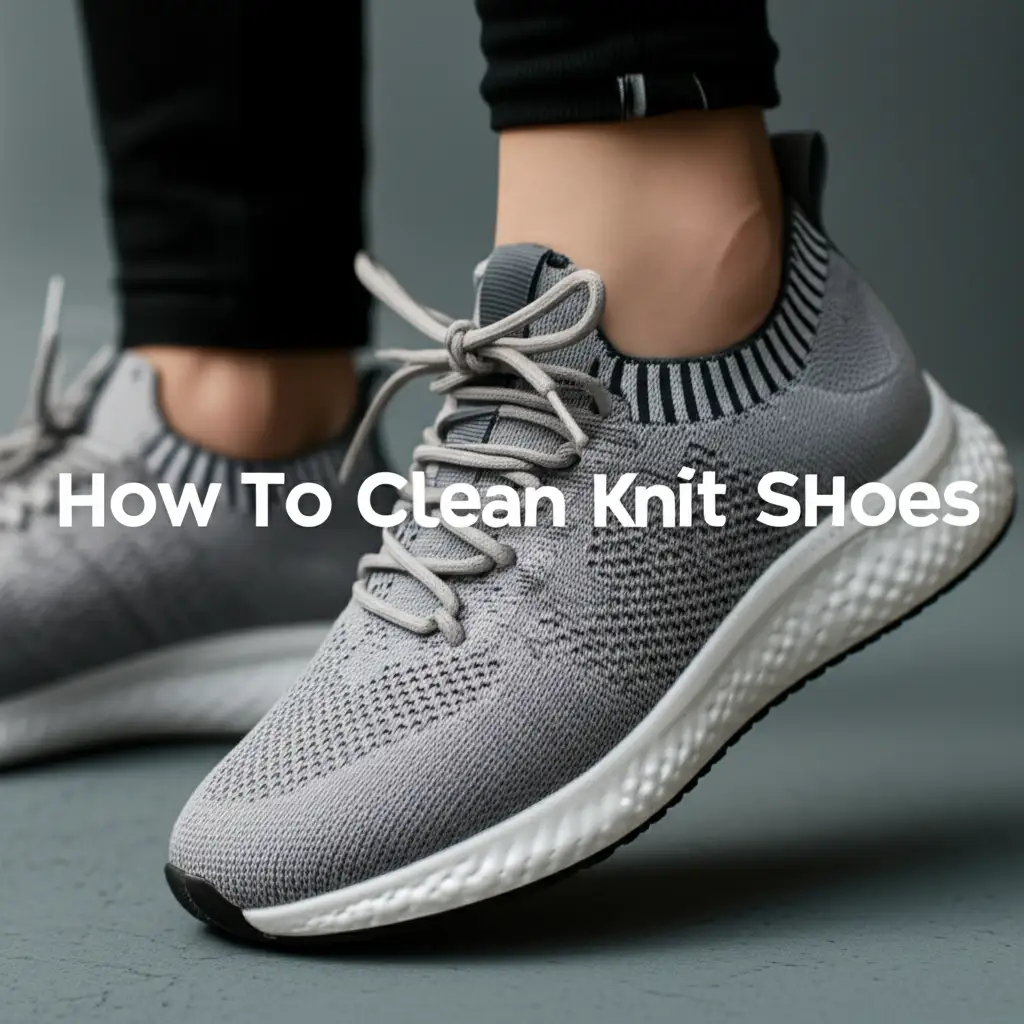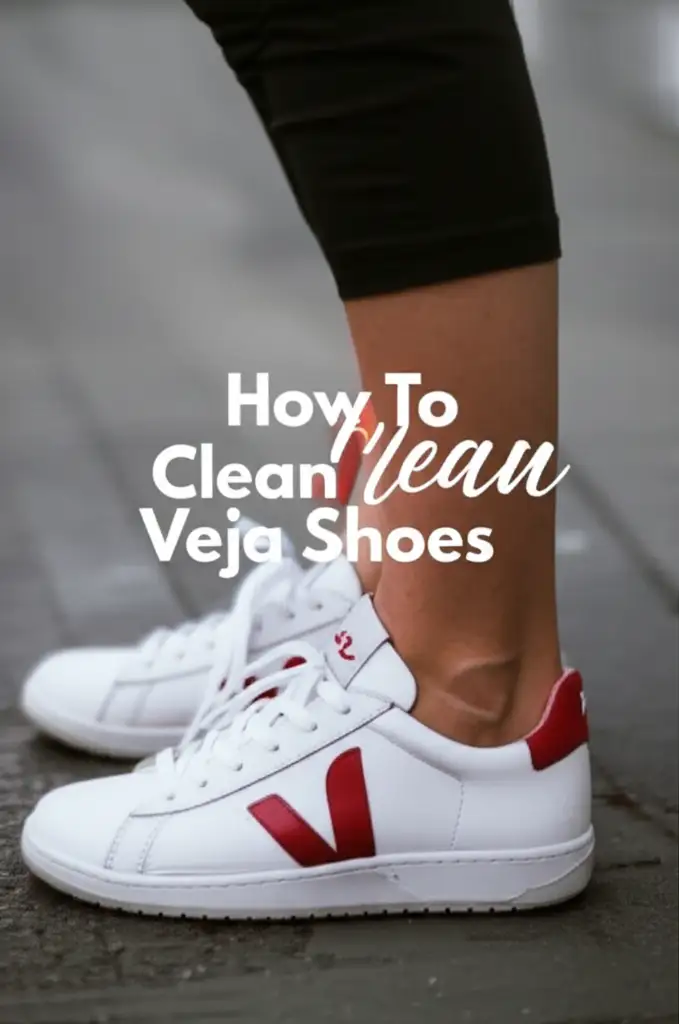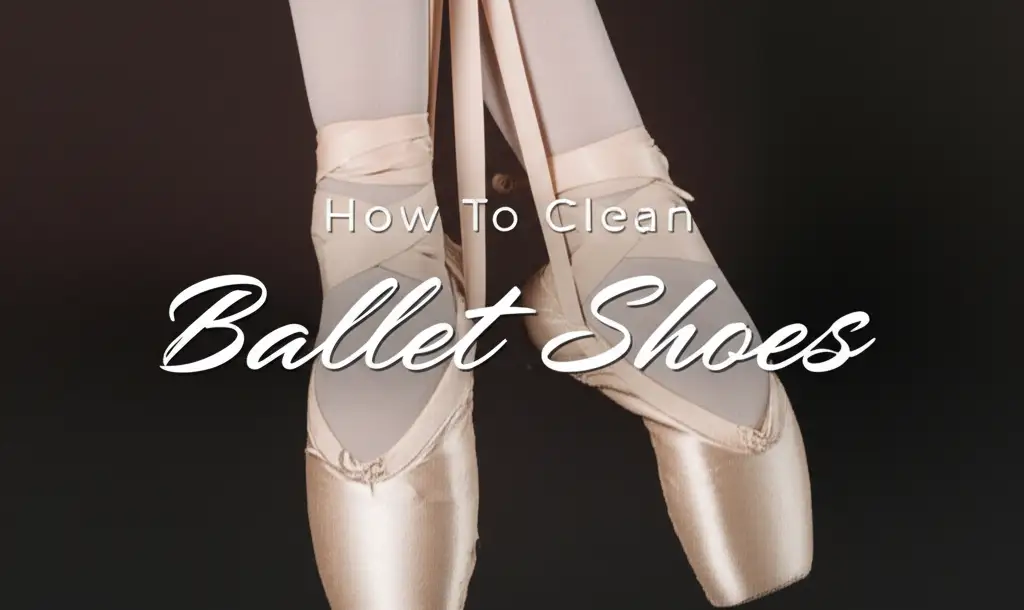· Shoe Care · 16 min read
How To Clean Textile Shoes
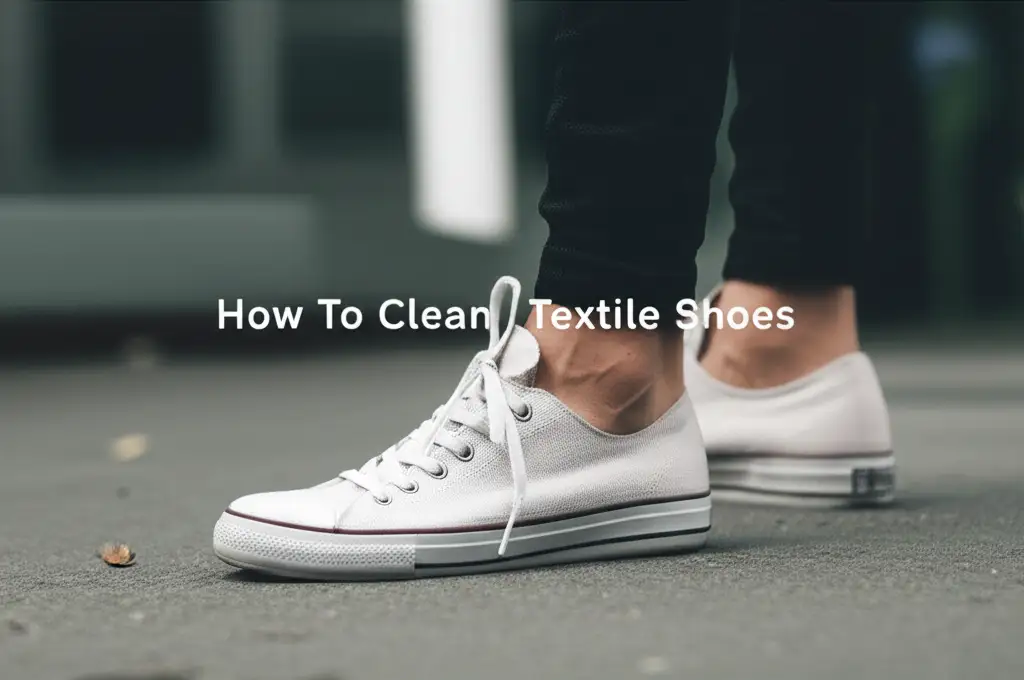
Clean Textile Shoes: A Step-by-Step Guide for Fresh Footwear
Textile shoes are comfortable, stylish, and perfect for everyday wear. They range from casual canvas sneakers to breathable mesh running shoes. However, their fabric construction also makes them prone to collecting dirt, dust, and stains. Over time, your favorite textile footwear can look dull and worn.
Keeping your textile shoes clean extends their life and keeps them looking great. Regular cleaning also helps maintain hygiene, preventing odors and grime buildup. This comprehensive guide will walk you through everything you need to know about how to clean textile shoes effectively. We will cover preparation, different cleaning methods, stain removal, and proper drying techniques. Get ready to refresh your beloved fabric footwear.
Takeaway
- Prepare shoes by removing laces and loose dirt.
- Hand wash for delicate materials; machine wash for durable textiles.
- Address specific stains with targeted solutions.
- Always air dry shoes away from direct heat.
- Protect cleaned shoes with water and stain repellents.
To effectively clean textile shoes, first remove laces and large debris. Then, use a gentle brush and a mild cleaning solution, like dish soap and water, to scrub the fabric. Rinse thoroughly and allow the shoes to air dry completely. For tough stains, pre-treat before cleaning.
Understanding Your Textile Shoes: Materials and Care
Textile shoes come in many forms. Each type of fabric has specific cleaning needs. Knowing your shoe’s material helps you choose the best cleaning method. This ensures a safe and effective clean without damage.
Common Textile Materials
Different textile types react differently to cleaning. Canvas is a durable, woven cotton fabric. It can withstand more vigorous scrubbing. Mesh is a synthetic, open-weave material often found in athletic shoes. It needs a gentle touch to avoid tearing. Knit fabrics are flexible and form-fitting. They require careful handling to prevent stretching or deforming.
- Canvas: This material is strong and absorbs water well. It often dries quickly. Canvas shoes can usually handle a bit more scrubbing.
- Mesh: Mesh is lightweight and breathable. Its open structure can trap dirt. It needs gentle cleaning to prevent damage.
- Knit: Knit shoes offer great comfort and flexibility. They are prone to stretching if wet or mishandled. Use gentle methods to clean knit shoes.
Knowing your material prevents mistakes. For example, harsh brushes might damage mesh. Hot water could shrink some canvas types. Always check the shoe’s care label if available. This helps you clean your shoes correctly.
Essential Supplies for Cleaning Textile Shoes
Gathering the right tools makes cleaning textile shoes much easier. You do not need many specialized items. Most supplies are common household products. Having everything ready before you start saves time and effort.
What You Will Need
- Soft-bristled brush or old toothbrush: Perfect for scrubbing fabric without damage.
- Microfiber cloths or old towels: For wiping, drying, and general cleanup.
- Mild soap: Dish soap, laundry detergent, or a specific shoe cleaner work well. Avoid harsh chemicals.
- Small bowls or buckets: For mixing cleaning solutions and rinsing.
- Water: Lukewarm water is best for most textile types.
- Optional items: Baking soda (for odors), white vinegar (for stains/odors), stain remover, shoe protector spray.
Using the right soap is important. Harsh detergents can strip color or damage delicate fibers. Mild dish soap or laundry detergent is usually safe. Always test any new cleaning solution on an inconspicuous spot first. This checks for colorfastness or material reaction. Proper preparation ensures a successful cleaning process.
Preparing Your Textile Shoes for Cleaning
Preparation is a crucial first step when you clean textile shoes. Skipping these initial actions can make the cleaning process harder. It can also lead to less satisfactory results. Proper preparation ensures you remove loose dirt before it becomes a stubborn paste.
Steps Before Cleaning
- Remove Laces and Inserts: Take out the shoelaces. You can clean them separately. Remove any removable insoles. This allows you to clean the inside of the shoes more thoroughly. This also prevents water from getting trapped under the insoles.
- Brush Off Loose Dirt: Use a dry, soft-bristled brush or an old toothbrush. Gently brush off any loose dirt, mud, or debris from the shoe’s surface. Pay attention to the soles and crevices. This step prevents muddy water from spreading when you introduce liquids. For very muddy shoes, let the mud dry first. Then scrape off as much as possible. This makes cleaning much easier later. You can find more tips on how to clean muddy shoes if your shoes are particularly dirty.
- Wipe Soles: Use a damp cloth to wipe down the rubber soles. Remove any built-up grime or small stones. Clean the edges of the soles thoroughly. This ensures the entire shoe looks fresh after cleaning.
These preliminary steps create a clean starting point. They prevent dirt from being pushed deeper into the fabric. This also sets the stage for a more effective deep clean.
Hand Washing Textile Shoes: The Gentle Approach
Hand washing is often the safest and most effective way to clean textile shoes, especially delicate ones. This method gives you complete control over the cleaning process. It prevents potential damage from machine washing. It is ideal for knit, mesh, or brightly colored textile footwear.
Detailed Hand Washing Steps
- Create Cleaning Solution: Mix a small amount of mild dish soap or laundry detergent with lukewarm water in a bowl. A tablespoon of soap per cup of water is a good ratio. Stir until the soap dissolves and creates a few suds.
- Dampen the Shoes: Lightly dampen the entire textile surface of the shoe with clean water. Do not fully saturate the shoe yet. This helps the cleaning solution spread evenly.
- Apply and Scrub: Dip your soft-bristled brush into the cleaning solution. Gently scrub the textile surface in small circular motions. Focus on soiled areas and stains. Do not press too hard, especially on mesh or knit materials. For tough stains, you might need a little extra attention. This method is effective for various stains, but for truly stubborn marks, consider specific techniques on how to clean stained shoes.
- Clean the Laces and Inserts: Place laces and insoles into the cleaning solution. Scrub them with the brush. Rinse them separately until clean.
- Rinse Thoroughly: Use a clean, damp cloth or sponge to wipe away the soap solution from the shoes. Rinse the cloth often. Make sure to remove all soap residue. Leftover soap can dry and leave marks. You can also hold the shoes under a gentle stream of cool water. Ensure all suds are gone. Do not fully submerge shoes unless they are very durable canvas.
- Spot Treatment (Optional): For stubborn marks, consider a specific spot cleaner. Test it first. For white textile shoes, a paste of baking soda and a little water can lift many common stains. Apply, let sit for 15-20 minutes, then gently scrub and rinse. If you have white textile shoes that are particularly dirty, more specialized tips might be found in articles like how to clean white shoes or even how to clean white converse shoes for canvas specifics.
Hand washing allows for targeted cleaning. It is gentle on the fabric. This method is highly recommended for preserving the shape and color of your textile footwear.
Machine Washing Textile Shoes: When and How
Machine washing offers convenience for certain textile shoes. However, it is not suitable for all types. You must use caution to avoid damaging your footwear or your washing machine. This method is generally best for durable canvas shoes or some sturdy mesh sneakers.
Guidelines for Machine Washing
- Check Shoe Compatibility: Only machine wash shoes labeled as machine-washable. This usually means sturdy canvas or some types of athletic mesh. Avoid machine washing delicate knit shoes, shoes with embellishments, or those with leather/suede accents.
- Pre-Clean Shoes: Remove laces and insoles. Brush off all loose dirt and mud. This prevents grime from spreading in your washing machine. It also helps prevent clogs.
- Protect Your Shoes: Place shoes in a mesh laundry bag or a pillowcase. Tie the pillowcase closed. This protects shoes from banging around in the machine. It also prevents laces from getting tangled. You can add a few old towels to the wash. This helps cushion the shoes.
- Use Cold Water and Gentle Cycle: Select the “delicate” or “gentle” cycle on your washing machine. Always use cold water. Hot water can shrink, warp, or damage textile materials. It can also cause colors to bleed.
- Use Mild Detergent: Add a small amount of mild liquid laundry detergent. Avoid powdered detergents, as they may not dissolve completely. They can leave residue. Do not use bleach, even on white shoes, as it can weaken fabric fibers.
- No Heat Drying: Never put textile shoes in the dryer. Heat can cause shrinkage, cracking, and damage to adhesives. This rule is crucial for maintaining shoe integrity.
Machine washing can save time. Yet, it carries more risk than hand washing. Always follow these guidelines for the best results. For more detailed instructions on machine washing, refer to resources like how to clean shoes in the washer.
Tackling Stubborn Stains on Textile Shoes
Even with regular cleaning, textile shoes can get tough stains. Common culprits include grass, oil, or food spills. Addressing these specific stains promptly is key. Different stains require different approaches for effective removal.
Targeted Stain Removal Strategies
- Mud Stains: Let mud dry completely. Scrape off as much as possible with a dull knife or brush. Then, use a damp cloth with mild soap and water. Gently scrub the remaining stain. Rinse well. You can find more comprehensive advice on how to clean mud off white shoes if your shoes are light-colored.
- Grass Stains: Mix equal parts white vinegar and water. Apply the solution to the grass stain with a cloth. Let it sit for 10-15 minutes. Gently scrub with a brush, then rinse. For tougher grass stains, rub a small amount of rubbing alcohol on the stain before washing. Refer to how to clean grass stains off shoes for detailed instructions.
- Oil/Grease Stains: Sprinkle cornstarch or talcum powder directly on the stain. Let it sit for several hours or overnight. The powder will absorb the oil. Brush off the powder. Then, apply a small amount of dish soap to the stain. Work it in with your finger or a brush. Rinse thoroughly.
- Ink Stains: Dab rubbing alcohol onto a clean cloth. Gently blot the ink stain. Do not rub, as this can spread the ink. Continue blotting until the stain lifts. Follow with a soap and water rinse.
- Mold or Mildew: Mix equal parts white vinegar and water. Spray the solution directly onto the moldy area. Let it sit for 10-15 minutes. Scrub with a brush. Rinse thoroughly. Ensure the shoes dry completely to prevent recurrence. If you are dealing with significant mold, detailed guidance on how to clean mold off shoes is available.
- Scuff Marks on Soles: While not on the textile, scuff marks on rubber soles can make the shoe look dirty. Use a Magic Eraser (melamine foam) or a mixture of baking soda and water to gently rub away scuffs. This is different from cleaning the fabric.
Always test any stain removal solution on an unseen part of the shoe first. This prevents accidental damage or discoloration. Patience and gentle technique are key for successful stain removal.
Drying Textile Shoes Safely and Effectively
Proper drying is as important as the cleaning itself. Incorrect drying methods can damage textile shoes. They can warp the shape, cause shrinkage, or lead to mildew growth. Always prioritize air drying to maintain the integrity of your footwear.
Best Practices for Drying
- Do Not Use Direct Heat: Never put textile shoes in a clothes dryer, on a radiator, or directly in front of a heater. High heat can melt adhesives, shrink fabric, or crack rubber soles. This can permanently damage your shoes.
- Stuff with Paper Towels or Newspaper: After rinsing, gently press out excess water. Then, stuff the shoes with white paper towels or newspaper. This helps absorb moisture from the inside. It also helps maintain the shoe’s original shape as it dries. Change the paper every few hours if it becomes saturated.
- Air Dry in a Well-Ventilated Area: Place your shoes in a cool, dry place with good air circulation. A shaded outdoor area or an indoor spot near an open window works well. Avoid direct sunlight, as it can fade colors or yellow white fabrics.
- Allow Ample Time: Textile shoes can take 12-48 hours to dry completely, depending on the material and humidity. Ensure they are fully dry before wearing them again. Wearing damp shoes can cause odors and bacterial growth.
- Dry Laces and Inserts Separately: Lay shoelaces and insoles flat to air dry. This ensures they dry thoroughly and do not retain moisture.
Patience is crucial during the drying phase. Rushing the process can undo all your cleaning efforts. Fully dry shoes look better, smell fresher, and last longer.
Eliminating Odors and Freshening Textile Shoes
Clean shoes are great, but fresh-smelling shoes are even better. Textile materials can trap odors, especially with regular use. Regular cleaning helps, but sometimes you need extra steps to keep your textile shoes smelling clean and pleasant. This is particularly relevant if you are addressing a general issue of how to clean smelly shoes.
Odor Removal Techniques
- Baking Soda Method: Baking soda is a natural odor absorber. Sprinkle a generous amount of baking soda inside each shoe. Let it sit overnight, or for at least 8 hours. The baking soda will absorb moisture and neutralize odors. In the morning, shake out the powder thoroughly. You can also vacuum any remaining residue.
- White Vinegar Spray: White vinegar is an excellent disinfectant and deodorizer. Mix equal parts white vinegar and water in a spray bottle. Lightly mist the inside of your shoes. Let them air dry completely. The vinegar smell will dissipate as it dries. Do not saturate the shoes.
- Sunlight Exposure (Caution): Natural sunlight can help kill odor-causing bacteria. Place your shoes in a sunny spot for a few hours. However, be cautious: direct, prolonged sunlight can fade colors or damage some materials. Use this method sparingly and monitor your shoes closely.
- Cedar Shoe Trees: Cedar shoe trees absorb moisture and impart a pleasant, natural scent. Insert them into your shoes when you are not wearing them. This helps maintain shape and keep odors at bay.
- Activated Charcoal Inserts: Small sachets of activated charcoal can be placed inside shoes overnight. Activated charcoal is highly effective at absorbing odors without leaving any residue.
- Regular Cleaning: The best defense against odors is consistent cleaning. Regularly wash your textile shoes according to the methods outlined above. This removes the dirt and bacteria that cause smells.
Combine these methods for maximum effectiveness. Keeping the inside of your shoes clean and dry is the best way to prevent odors from developing.
Post-Cleaning Care and Protection for Textile Shoes
You have successfully cleaned your textile shoes. Now, the final step is to protect them. Proper aftercare helps maintain their cleanliness and extends their lifespan. This reduces how often you need to deep clean them.
Protecting Your Clean Footwear
- Apply a Water and Stain Repellent: Once your shoes are completely dry, apply a high-quality water and stain repellent spray designed for fabric or textiles. Follow the product instructions carefully. These sprays create a barrier that repels water and prevents stains from soaking into the fabric. This is especially useful for white or light-colored textile shoes.
- Store Properly: When not in use, store your textile shoes in a cool, dry place. Avoid storing them in damp environments, which can encourage mold or mildew growth. Use shoe trees or stuff them with crumpled paper to help them retain their shape.
- Rotate Your Shoes: Do not wear the same pair of textile shoes every day. Rotating your footwear allows each pair to fully air out and dry between wears. This reduces moisture buildup and prevents odors.
- Spot Clean Regularly: Do not wait for your shoes to become heavily soiled. As soon as you notice a small stain or dirt mark, try to spot clean it immediately. A quick wipe with a damp cloth can prevent a small problem from becoming a big one.
- Clean Laces and Inserts: Remember to clean laces and insoles regularly, even if the shoes themselves are not visibly dirty. These parts absorb a lot of sweat and dirt. They can contribute to overall shoe freshness. Regular cleaning of insoles and the interior of shoes is part of comprehensive footwear care, and you can learn more about how to clean the inside of shoes.
By following these post-cleaning care and protection tips, your textile shoes will stay cleaner, fresher, and last much longer. This proactive approach saves you time and effort in the long run.
FAQ Section: Your Textile Shoe Cleaning Questions Answered
How often should I clean my textile shoes?
The cleaning frequency depends on how often you wear your shoes and how dirty they get. For everyday wear, a light clean or spot treatment once a week is good. A deep clean every 1-3 months helps remove embedded dirt. If they get muddy or heavily soiled, clean them immediately. Regular maintenance prevents grime buildup.
Can I use household cleaners like bleach or all-purpose cleaner?
No, avoid using harsh household cleaners like bleach or strong all-purpose cleaners on textile shoes. Bleach can damage fabric fibers and cause discoloration, especially on colored textiles. Strong chemicals can strip away shoe material and adhesives. Stick to mild dish soap, laundry detergent, or specialized shoe cleaners for best results.
What if my textile shoes are white and very dirty?
For very dirty white textile shoes, pre-treat tough spots with a paste of baking soda and a little water. Apply the paste, let it sit, then gently scrub. For general cleaning, use mild soap and water or machine wash on a gentle cycle with cold water in a laundry bag. Always air dry completely away from direct sunlight to prevent yellowing.
Can I clean textile shoes with leather or suede accents?
Cleaning textile shoes with mixed materials requires extra caution. Do not submerge shoes with leather or suede accents in water. Hand wash only the textile parts. Use specific cleaners for the leather or suede sections. Water can stain or damage these materials. Spot clean is the best approach for mixed-material shoes.
How do I prevent my textile shoes from getting dirty quickly?
To keep textile shoes cleaner longer, apply a water and stain repellent spray after cleaning. Avoid wearing them in very muddy or wet conditions. Store them in a clean, dry place. Remove dirt promptly by spot cleaning small marks as they appear. Rotating your shoes also helps reduce wear and dirt buildup.
My shoes smell bad after cleaning. What went wrong?
If your shoes smell bad after cleaning, they likely did not dry completely. Dampness causes mildew and bacterial growth, leading to odors. Ensure shoes are thoroughly air-dried in a well-ventilated area for at least 24-48 hours. Stuffing them with paper towels helps absorb moisture. You can also use baking soda or vinegar to remove residual odors.
Conclusion
Cleaning your textile shoes does not need to be a daunting task. By understanding the different materials and following the right steps, you can keep your favorite fabric footwear looking its best. We have covered everything from gentle hand washing to effective machine cleaning for tougher cases. We also explored targeted stain removal and essential drying techniques.
Remember, consistent care extends the life of your shoes. Regular cleaning, proper drying, and protective measures will keep your textile shoes fresh and vibrant. Take pride in your clean footwear. You now have the knowledge to maintain your textile shoes like a pro. Start refreshing your collection today.
- textile shoe cleaning
- fabric shoes care
- canvas shoe cleaning
- mesh sneaker cleaning
- shoe stain removal

